Filament (FDM Printing)
- Material: Usually thermoplastics like PLA, ABS, or PETG, which come in spools of solid, string-like material.
- Process: Filament printers (FDM—Fused Deposition Modeling) heat the filament and deposit it layer by layer to build the object.
- Strengths:
- Affordable and widely available.
- Great for larger models or functional parts due to their durability.
- Easier to handle and requires minimal post-processing.
- Limitations:
- Surface finish is often less smooth—layer lines are visible.
- Less suited for highly detailed or intricate designs.
Resin (SLA/DLP Printing)
- Material: Liquid photopolymer resin, which solidifies when exposed to UV light.
- Process: Resin printers (SLA—Stereolithography or DLP—Digital Light Processing) use UV light or lasers to cure the resin layer by layer.
- Strengths:
- Superior detail and precision—ideal for miniatures, jewelry, or complex designs.
- Produces smooth surfaces with minimal visible layers.
- Limitations:
- More expensive than filament.
- Requires additional steps for cleaning and curing the prints (post-processing).
- Handling liquid resin can be messier and requires safety precautions.
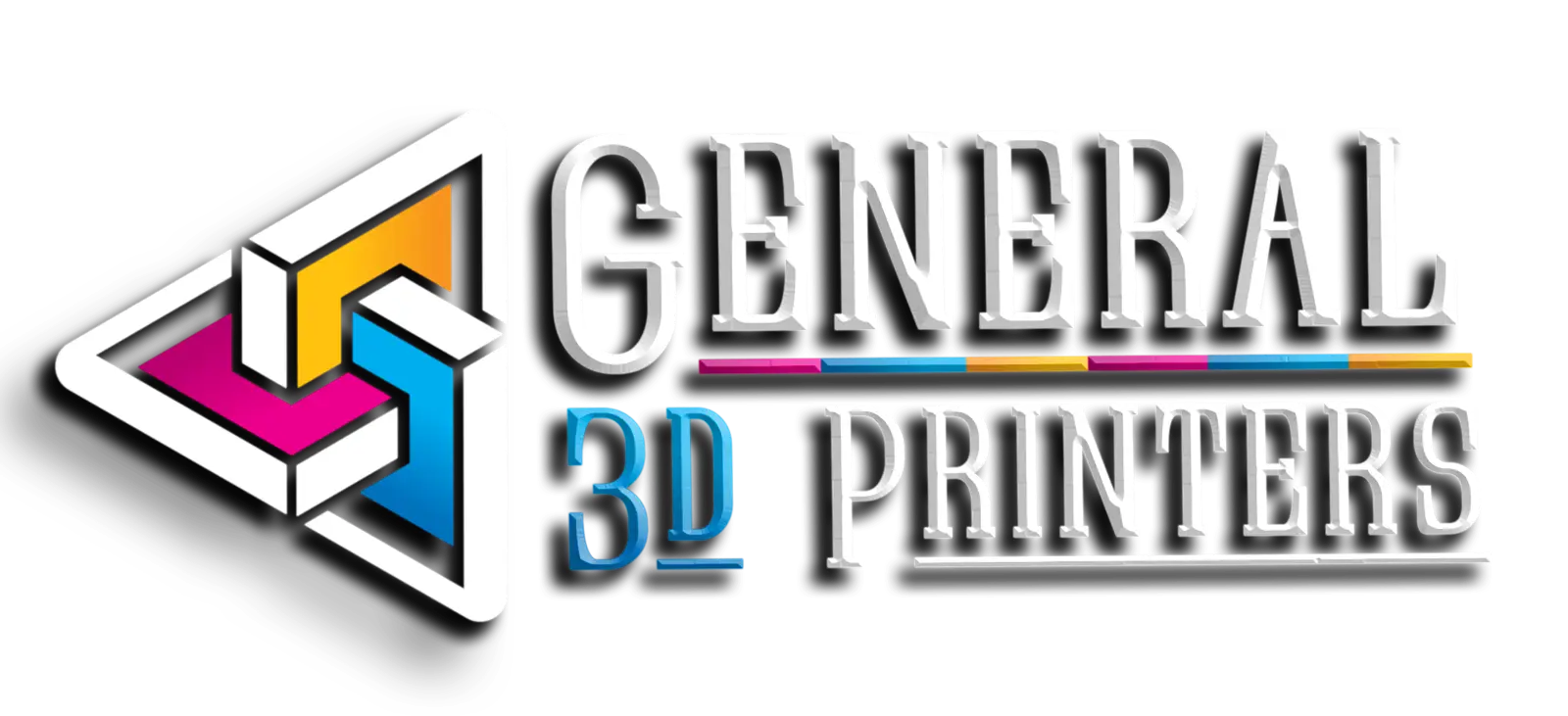
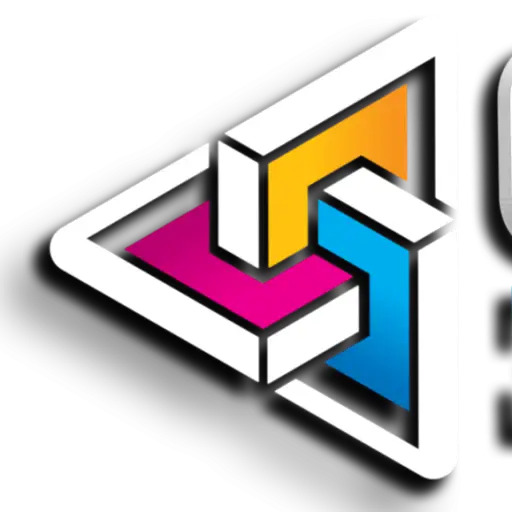
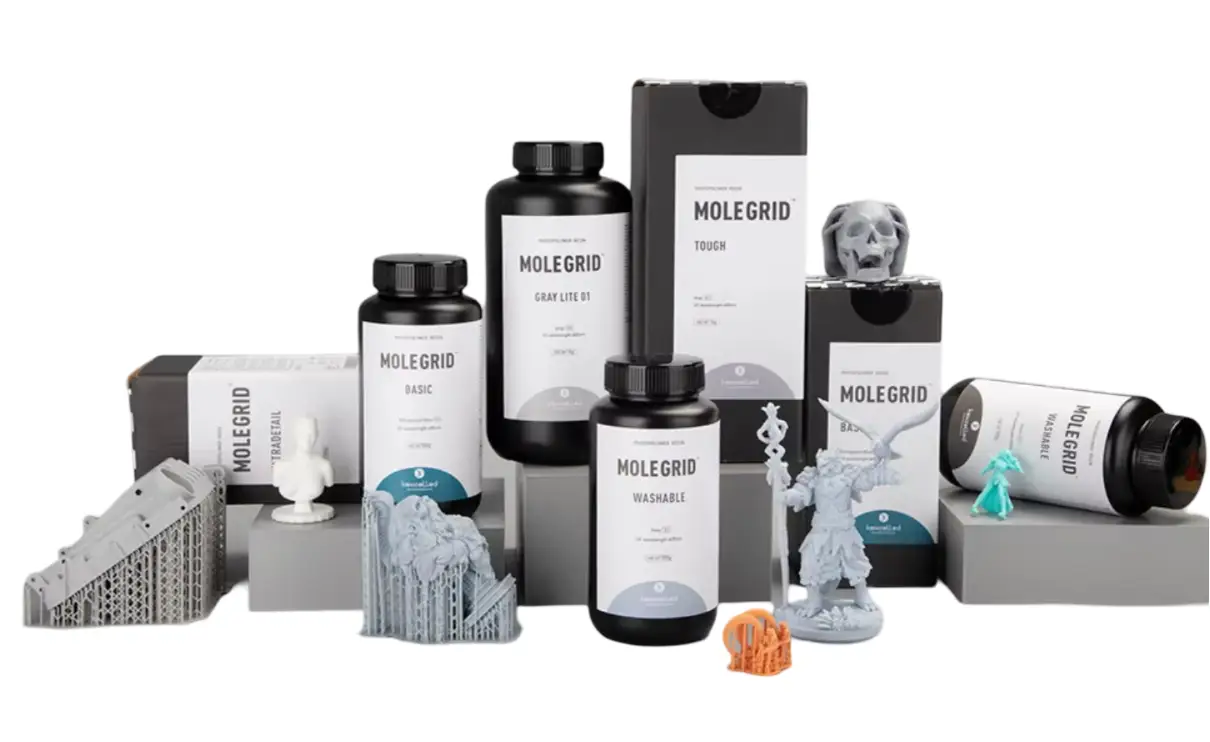
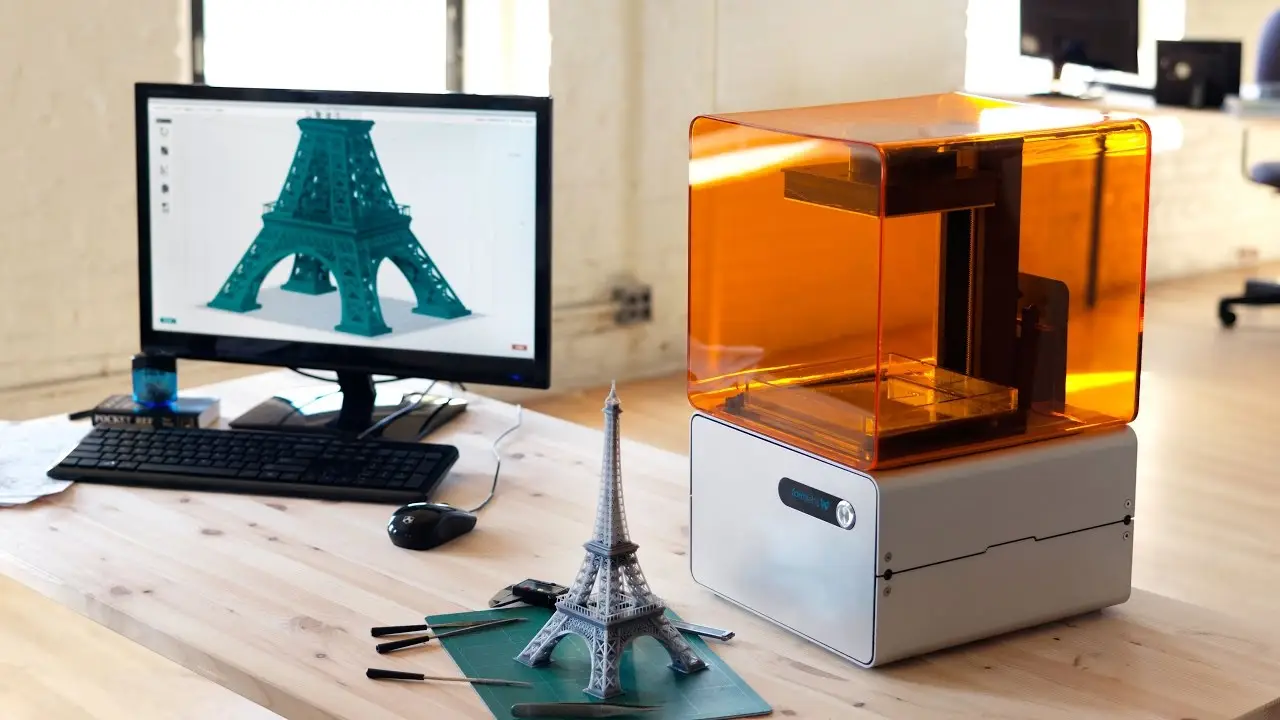

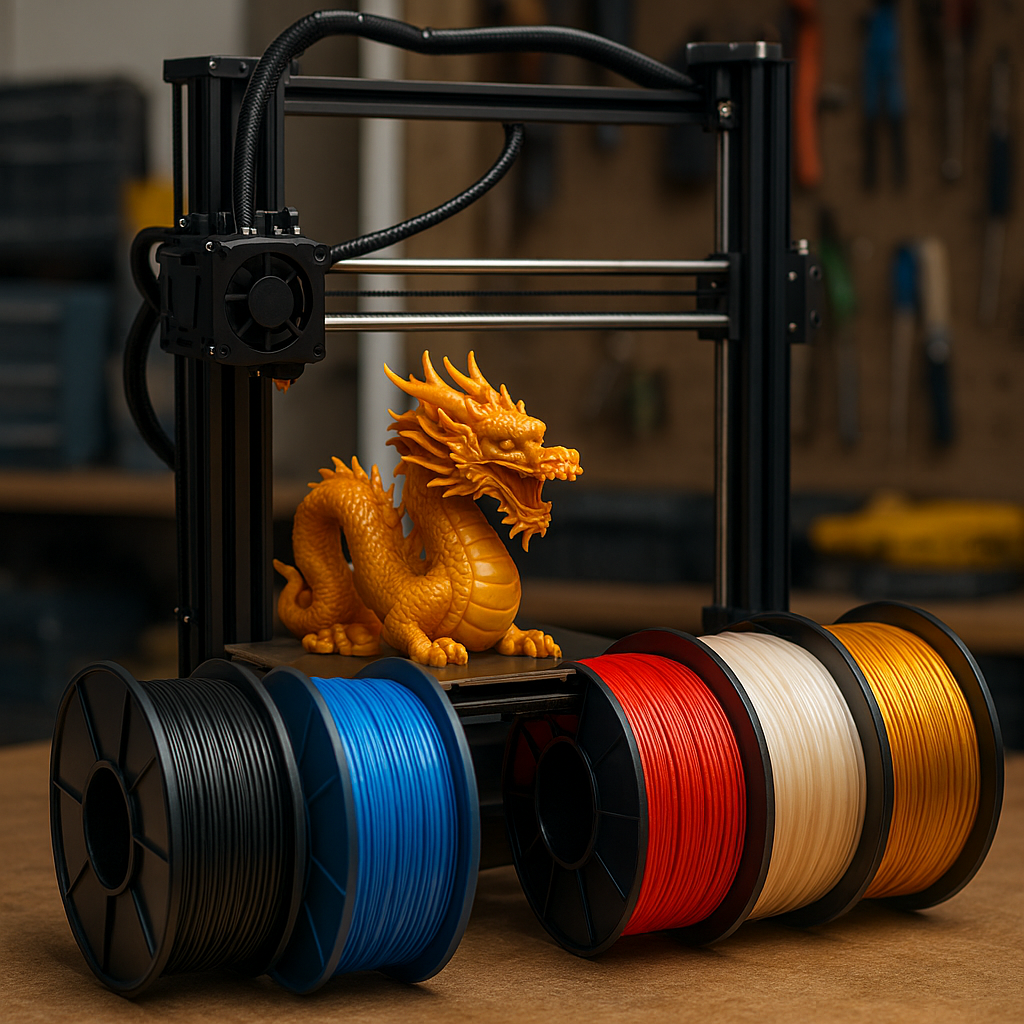
There are 5 comments
I found this article really useful and engaging.
The site always provides high-quality and valuable content.
My web-site … astrohvarna.
Very good https://shorturl.at/2breu
Very good https://lc.cx/xjXBQT
Good https://is.gd/N1ikS2
Very good https://shorturl.fm/bODKa